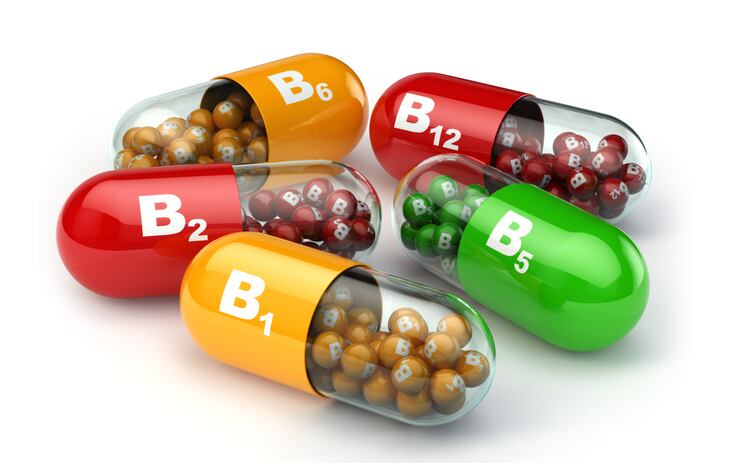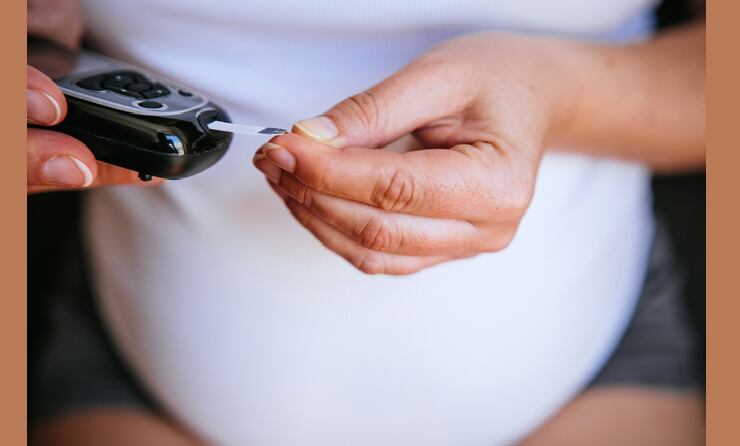Peripheral neuropathy is characterised by numbness, tingling, burning, pins and needles in the feet and hands.
It is caused by multiple reasons such as inflammation, alcohol misuse, infection, B-vitamins deficiencies, and diabetes.
Writing in the Journal of Clinical & Experimental Pharmacology, researchers from Universitas Indonesia, P&G Health, and Duta Wacana Christian University pointed out that B vitamins supplementation has shown to improve reflex, motor strength, and sensory perception in peripheral neuropathy patients.
This is according to findings from the Neurobion Non-interventional (NENOIN) clinical study.
This was a prospective, open-label, multi-center, single-arm observational study which took place in Indonesia.
It involved 411 participants suffering from mild to moderate peripheral neuropathy who were prescribed 100 mg of vitamin B1, 100 mg of B6, and 5 mg of B12 daily for 90 days. This formulation is also marketed as Neurobion® Forte tablets in Indonesia.
Among them, peripheral neuropathy has occurred either spontaneously (27.3 per cent) or diabetes (25.3 per cent). Most suffered peripheral neuropathy due to a combination of factors (30.7 per cent).
The results of B vitamins supplementation were evaluated with neurological examination comprising 51 assessments at baseline, days 14, 30, 60, and 90 of the study.
The examination, for instance, assessed knee, ankle reflexes using an ordinal four-point scale and looked at whether the reflexes were absent, reduced, normal, or increased.
Ankle muscle strength and sensory perception of the fingers and toes were assessed as binary scales, such as whether its present or absent and normal or abnormal.
In patients with absent reflex at baseline, statistically significant improvements in their reflex were seen.
For example, 92.3 per cent of patients who reported absent reflex in their left knee had seen significant improvements. This was also true for 75 per cent, 67.6 per cent, and 54.3 per cent of the patients who reported absent reflexes in their right knee, left ankle, and right ankle.
“This result is significant since a considerable proportion of patients with PN (peripheral neuropathy) experience loss of ankle or knee reflex, which may contribute to loss of balance and increase their risk of falling,” said the researchers.
Effects on individuals with normal reflexes at baseline
However, among subjects with normal left and right ankle reflex at baseline, 6.7 per cent and 4.4 per cent respectively reported worse reflex after 90 days of treatment.
Also, 5.5 per cent and 4.9 per cent of the subjects who had normal left and right ankle reflex at baseline reported that their reflexes had worsened at day 90.
An earlier study published in 2018 showed that the formulation significantly improved overall Total Symptom Score (TSS) in peripheral neuropathy patients within 14 days and was well-tolerated.
Improvements in muscle strength and sensory perception
Improvements in ankle muscle strength and sensory perception were also reported by the end of the study.
The percentage of participants who had normal ankle dorsiflexion strength had increased from 86 per cent at baseline to 97 per cent by day 90.
Statistically significant improvements were also reported in the sensory nerve perception of touch, vibration, and temperature in the toes and fingers.
“These results support the finding that treatment with the FDC (fixed dose combination) of B vitamins improves proprioception in patients with PN, which has also been associated with ankle reflex.
“To the best of our knowledge, ours is the first study that investigates the benefits of vitamin B on both neural reflex and motor strength in a large number of patients having varied etiologies of PN, demonstrating a potential improvement in nerve function,” the researchers concluded.
P&G creates awareness on peripheral neuropathy
P&G Health has launched a campaign aimed at early detection of peripheral neuropathy, which is often only detected when it has worsened to the advanced stage.
The company pointed out that diabetes as one of the key factors behind peripheral neuropathy.
“The most prevalent cause of peripheral neuropathy is diabetes. One in two diabetics has peripheral neuropathy, and in addition, prediabetes is a highly underdiagnosed condition.
“It's already impacting the nerves even before any clinical signs of knowledge. Early identification thus becomes especially important, as peripheral neuropathy can be reversed if recognised early,” said Aalok Agrawal, senior vice-president, P&G Health (Asia Pacific, India, Middle East & Africa) at a webinar organised by the firm on November 6.
Titled ‘Peripheral Neuropathy (PN) & Vitamin B Deficiency in Diabetes & Pre-Diabetes’, the webinar was held in view of the World Diabetes Day 2023.
Agrawal added that physicians often deprioritise peripheral neuropathy versus all the other complications that could come into play during diabetes.
Additionally, patients do not report symptoms as they are not aware that it could be something serious and irreversible.
“Published studies across different countries confirm that up to 80 per cent of patients with PN remain undiagnosed and untreated. Further, vitamin B deficiency affects the quality of life of approximately 19 per cent of all people with diabetes,” he said.
As such, P&G Health has embarked on a series of activities, such as making peripheral neuropathy and vitamin B deficiency more visible and relatable through pictures generated by artificial intelligence.
This is part of the company’s ‘See What They Feel’ photo exhibit, on top of its ‘Feel the Signs’ simulated touch room, and ‘Test the Signs’ online quick assessment for peripheral neuropathy symptoms.
“In collaboration with TOHG, our creative agency, we decided to leverage AI to bring real-life patient experiences to life to help consumers identify early signs of nerve damage and vitamin B deficiency.
“Our agency helped us identify an AI tool called Midjourney which is a generative AI program. It produces images based on textual descriptions known as ‘prompts’, enabling creation of original ideas and new ways to create special effects.
“Patient stories with descriptions of what they feel were shared on the AI Tool without any personally identifiable Information. The result was these powerful images that highlight what it feels to live with the condition,” he added.
Source: Journal of Clinical & Experimental Pharmacology
The Improvement of Ankle Reflex, Knee Reflex, Muscle Strength, and Sensory Perception after Fixed Dose Combination of Vitamin B1, B6, and B12 in Subjects with Peripheral Neuropathy (Secondary Analysis of the NENOIN Study)
DOI: 10.35248/2161-1459.23.13.384
Authors: Hakim M, Gibb RD, Sule PN, Li Y, Pinzon RL





